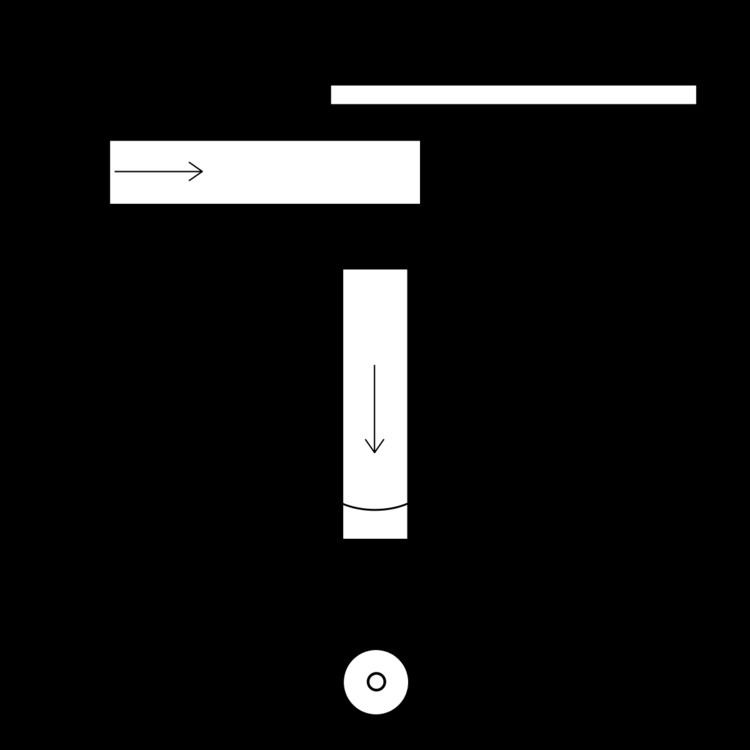 | ||
The Segner wheel or Segner turbine is a type of water turbine invented by Johann Andreas Segner in the 18th century. It uses the same principle as Hero's aeolipile.
The device is placed in a suitable hole in the ground (or at the slope of a hill). The water is delivered to the top of a vertical cylinder, at the bottom of which is a rotor with specially bent pipes with nozzles (see image). Due to the hydrostatic pressure, the water is ejected from the nozzles, causing the rotor to rotate. The useful torque is transferred to a powered device through a belt and pulley system.
Segner turbines, also called reaction or Scotch turbines, were built in the mid-1850s to power the incline plane lifts along the Morris Canal in New Jersey. Today, the Segner wheel principle is used in irrigation sprinklers.
Alexander Bogdanov cited this an example of an important innovation which paved the way for the development of steam engines.
